Two-beer pub trip or six-week hangover? Afterpay comes to the pub
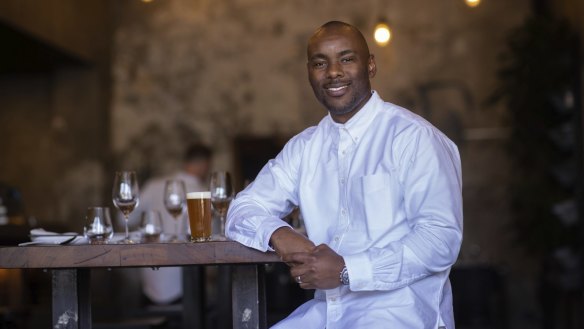
It started as a way to buy frocks and white goods, but now consumers are using Afterpay and other buy now, pay later (BNPL) services for schnitzel and beers at the pub.
This week, Australian Venue Co (AVC) became the first hospitality group in the country to partner with BNPL market leader Afterpay. Punters can use the credit provider to pay through their smartphone wallet at the point of sale.
Afterpay will be available at all of AVC's 160 bars, pubs and restaurants nationally – including The Winery in Sydney and South Melbourne's Golden Gate Hotel – by November 15.
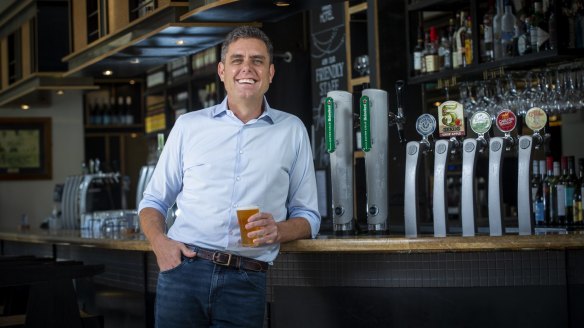
"We've had a lot of our customers ask for it as a payment option," says AVC chief executive Paul Waterson. "Over 90 per cent of our transactions are now cashless, so this was the next logical step. I think you will find other hospitality groups embrace BNPL pretty quickly too."
More than 700 venues across Sydney, Melbourne and the Gold Coast have also partnered with Payo, a new Australian-founded company encouraging diners to "eat now, pay later".
While Afterpay and competitor Zip Pay have traditionally targeted retail purchases, Payo has been designed specifically with restaurants in mind. Customers download the app, scan a unique QR code at the venue and settle their food and booze bill with Payo's credit.
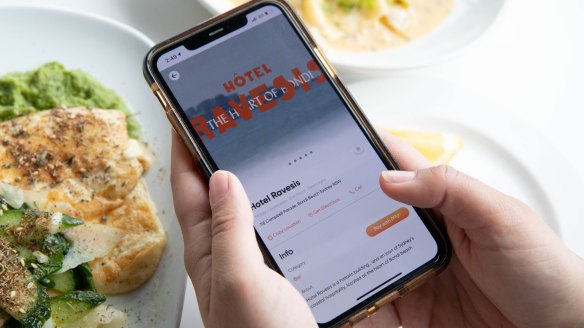
"You can only use our money in hospitality venues," says Payo chief executive Taf Chiwanza. "We're going to keep innovating specifically for restaurants, too. It's currently possible to tip through the platform, but by the end of November you will also be able to split the bill."
BNPL is booming in Australia, with Afterpay's revenue growing by 78 per cent to $925 million for the 2021 financial year.
A survey published in February by market data company Statista revealed that younger consumers were more likely to use a BNPL provider, with 67 per cent of gen Zs using the credit system in the past six months.
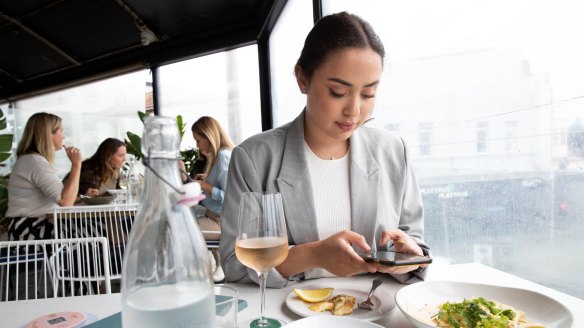
It's an attractive pitch: users open an app to pay for 25 per cent of the bill up front, and knock off the rest in equal fortnightly instalments. There's no interest, but missed payments usually attract a fee of between $5 and $10.
"BNPL is replacing old-school credit cards with a more user-friendly form of payment," says Chiwanza. "If you have ever used a credit card to pay for brunch or Thai noodles, this is pretty much the same concept."
James Hunt is a policy adviser at Financial Counselling Australia. He says that unlike credit card providers, BNPL companies aren't required to check if the borrower can afford the repayments, "so unfortunately many people are ending up with unmanageable debt".
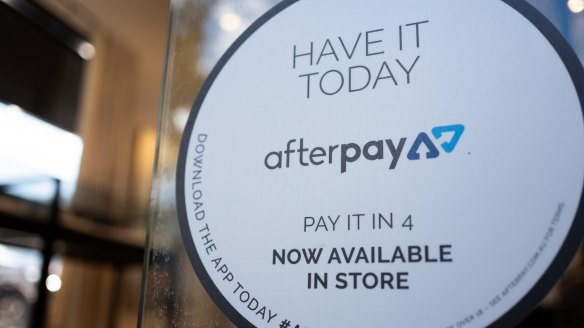
"Spending money in hospitality venues via BNPL credit could be risky for some people, as food and drinks are both recurring and essential expenses," he says.
"On a night out it may be tempting to keep spending and putting it through via BNPL, but this could become very expensive, very quickly."
Afterpay has a credit limit of $2000 while Payo will allow a total dining spend of $1000.
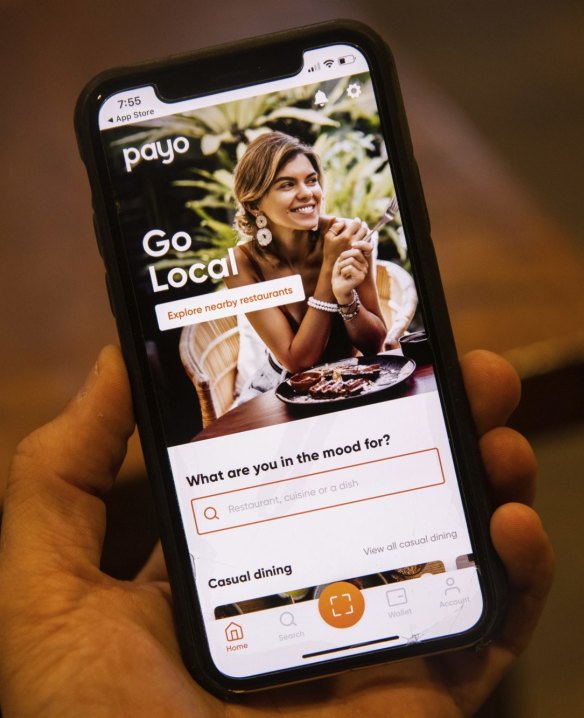
"In a restaurant scenario, BNLP isn't too tricky to manage because most of the time you go in expecting to pay a certain price for a meal and maybe a bottle of wine," says Steve Mickenbecker, chief spokesperson for financial comparison site Canstar.
"The pub scenario is a bit more challenging to navigate. You visit a pub, perhaps budgeting to buy two drinks … BNPL puts you in a position to turn those two drinks into eight. Without self discipline, that two-beer pub trip could become a six-week hangover."
Financial Rights Legal Centre counsellor Peter Thompson advises against using any kind of credit for discretionary items.
"One of the reasons BNPL has become so popular is because it's the most frictionless form of debt out there for consumers – you can probably sign up for a BNPL on your phone at the pub," he says. "But whenever you see consumers using credit for living expenses or discretionary consumables such as a schooner of beer, that really is expenditure which should be budgeted for.
"A discussion around credit might make sense for an expensive anniversary dinner. However, at a garden-variety pub, if someone can't afford $8 for a beer so they need to pay with credit, that person may well have a drinking problem, or a money problem, or both."
At Payo, Chiwanza is working closely with venues to provide more options for diners who don't want to be paying for a meal long after the last bottle of burgundy has been drained.
"Now we're getting inquiries from users and clients interested in using Payo for big-ticket items such as functions and group bookings," he says.
"The app may be used to prepurchase a restaurant experience like you would a theatre ticket. I think that's the way the industry is going and we forecast pre-purchasing to be a big part of our revenue in the next 12 to 24 months."
Advice given in this article is general in nature and is not intended to influence readers' decisions about investing or financial products. They should always seek their own professional advice that takes into account their own personal circumstances before making any financial decisions.
Restaurant reviews, news and the hottest openings served to your inbox.
Sign up- More:
- Restaurant news
